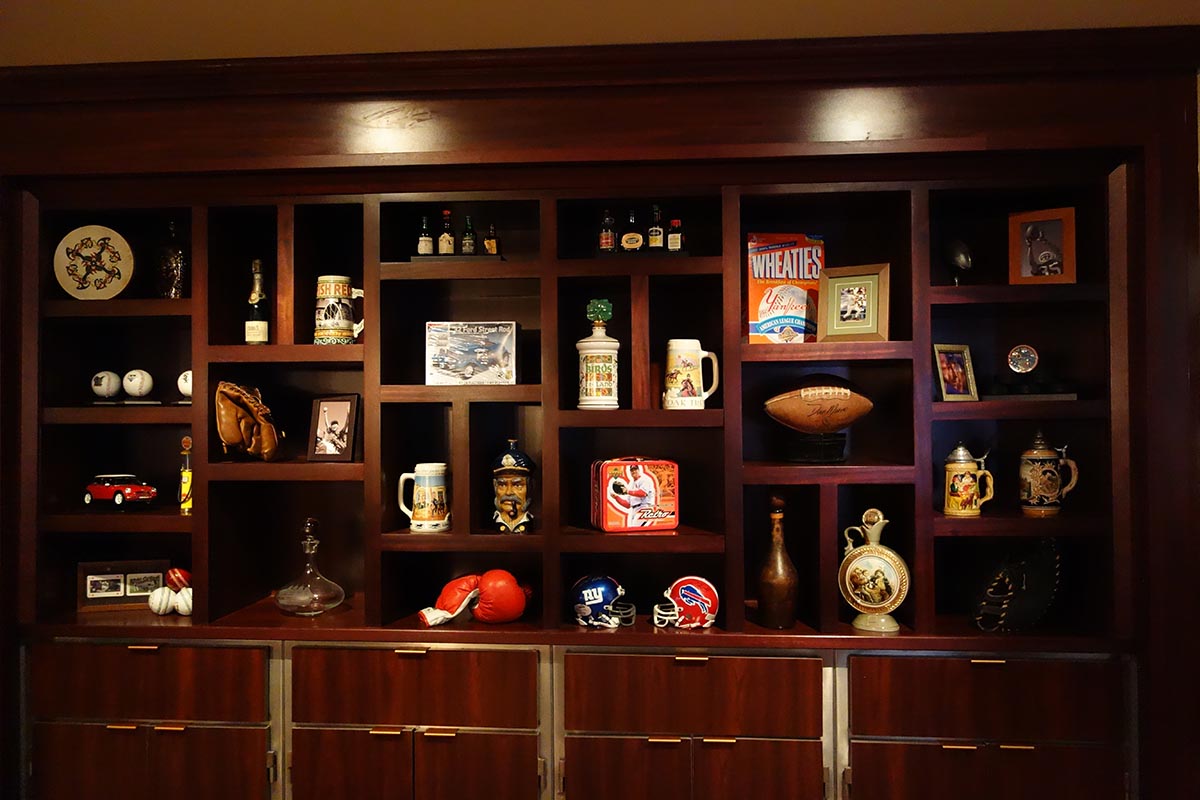

Articles
How To Store Memorabilia
Modified: January 7, 2024
Learn the best techniques for storing your articles collection and preserving the memories for years to come. Discover tips and tricks for proper organization and protection of your precious memorabilia.
(Many of the links in this article redirect to a specific reviewed product. Your purchase of these products through affiliate links helps to generate commission for Storables.com, at no extra cost. Learn more)
Introduction
Memorabilia holds a special place in our hearts. Whether it’s autographed sports memorabilia, vintage concert posters, or cherished family heirlooms, these items carry sentimental value and often remind us of cherished moments or beloved individuals. However, properly storing and preserving these precious items is essential to ensure their longevity and protect their value.
In this article, we will guide you through the process of storing memorabilia to help you maintain its condition and value. We will cover everything from determining the value of your items to selecting the right storage containers, protecting your memorabilia from environmental factors, organizing your collection, finding a suitable storage location, and regularly maintaining your cherished items.
Whether you’re a dedicated collector or someone looking to preserve their precious mementos, following these steps will help you safeguard your memorabilia for years to come.
Key Takeaways:
- Preserve your memorabilia’s value by determining its worth, choosing the right storage containers, and protecting it from environmental factors. Organize, label, and document your collection for easy access and maintenance.
- Find a suitable storage location, regularly check and maintain your collection, and seek professional advice for rare or valuable items. Safeguard your cherished memorabilia to preserve their sentimental and financial value.
Read more: How To Organize A Memorabilia
Step 1: Determine the Value of Your Memorabilia
Before embarking on the process of storing your memorabilia, it’s crucial to determine the value of each item. This step will help you assess the level of care and storage requirements needed for each piece. Whether you’re dealing with sports memorabilia, historical artifacts, or personal collectibles, understanding their value is essential.
One way to determine the value of your memorabilia is to research similar items that have been sold in the past. Online auction sites, specialized collectors’ forums, and professional appraisers can provide valuable insights into the market value of your items. Take note of the condition, rarity, and demand for similar pieces to get an accurate assessment.
Another important factor to consider when determining value is the authenticity of the memorabilia. For autographed items, ensure that you have certificates of authenticity or documentation that verifies the signatures. If in doubt, seek the opinion of experts or professional authenticators to validate the legitimacy of your memorabilia.
Once you have a clear understanding of the value of your items, you can proceed to the next step with confidence, knowing the importance of preserving and protecting these valuable pieces of memorabilia.
Step 2: Choose the Right Storage Containers
Once you have determined the value of your memorabilia, it’s time to select the right storage containers to ensure their protection. The choice of containers will depend on the type and size of the items you have.
Firstly, consider using acid-free and archival-quality containers. Acid-free materials such as archival boxes, acid-free tissue paper, and Mylar sleeves help prevent deterioration and discoloration of your memorabilia over time. These containers provide a stable environment and minimize the risk of damage caused by acidity.
For flat items such as photographs, documents, and posters, consider using acid-free archival folders or sleeves. These protective enclosures can be stored in acid-free boxes or document cases, keeping them flat and preventing creases or tears.
If you have three-dimensional items such as figurines, props, or clothing, choose containers that are suitable for their size and shape. Look for acid-free storage boxes, display cases, or custom foam inserts that provide cushioning and support to prevent any damage during storage or handling.
In addition to choosing the right containers, it’s essential to avoid overcrowding them. Allow enough space for each item to prevent unnecessary pressure or bending. Using dividers or separators within the containers can help keep multiple items organized and prevent them from shifting.
Remember to label your containers clearly, indicating the contents and any special handling instructions if necessary. This will make it easier for you to locate specific items when you want to access or display them in the future.
By choosing the right storage containers, you’re taking a significant step towards preserving the condition and value of your memorabilia for years to come.
Step 3: Protect Your Memorabilia from Environmental Factors
Preserving your memorabilia goes beyond simply choosing the right storage containers. It’s equally important to protect your items from environmental factors that can cause damage over time. Here are some key considerations:
Temperature and Humidity: Maintain a stable environment for your memorabilia by storing them at room temperature, ideally between 65-75 degrees Fahrenheit (18-24 degrees Celsius). Avoid areas that are prone to extreme temperature fluctuations, such as attics or basements. High humidity can promote mold and mildew growth, so aim for a relative humidity level of around 50%. You can use dehumidifiers or moisture absorbers to regulate humidity if necessary.
Light Exposure: Direct sunlight and strong artificial lighting can cause fading and discoloration of your memorabilia. Store your items in a dark or low-light space to protect them from harmful UV rays. If you want to display certain items, consider using UV-protective glass or acrylic frames to minimize light damage.
Dust and Dirt: Keeping your memorabilia clean is crucial in maintaining their condition. Dust and dirt can accumulate and cause scratches or stains. Regularly dust your items using a soft, lint-free cloth or a soft brush. Avoid using harsh cleaning products that may damage the surface or remove ink or signatures.
Air Quality: Avoid storing your memorabilia in areas with poor air quality, such as near smokers or in rooms with high levels of pollutants. Exposure to pollutants can cause discoloration or deterioration of materials. If possible, use air purifiers or filters to improve the air quality in the storage space.
Pest Prevention: Protect your memorabilia from pests such as insects and rodents. Use pest control measures, such as traps or repellents, in the storage area. Ensure that your containers are tightly sealed to prevent any entry points for pests.
By taking steps to protect your memorabilia from environmental factors, you can greatly extend their lifespan and preserve their beauty and value.
Step 4: Organize Your Memorabilia by Category
Keeping your memorabilia organized is essential not only for easy access but also for protecting the items from unnecessary handling and potential damage. Here are some tips for organizing your memorabilia by category:
Group Similar Items: Start by grouping items that have a similar theme or category. For example, if you have a collection of autographed sports memorabilia, separate them by sport or player. If you have vintage concert posters, group them by artist or era. This will make it easier to locate specific items when you want to view or display them.
Create a Catalog or Inventory: Documenting your memorabilia collection is a great way to keep track of what you have. Create a detailed catalog or inventory that includes a description of each item, its condition, date of acquisition, and any relevant information. You can also include photographs or scans of the items. This catalog will serve as a reference point and help you monitor the value and condition of your collection over time.
Use Storage Containers with Dividers: Consider using storage containers with built-in dividers or separators. These dividers can help keep items of different categories separate and prevent them from mixing or rubbing against each other inside the containers. This is especially useful for smaller items like pins, badges, or trading cards.
Label and Label Again: Proper labeling is crucial for easy identification. Use clear and durable labels on your storage containers, folders, or sleeves. Include information such as the category or theme, item description, and any important details. Additionally, consider labeling individual items if they are not easily distinguishable at a glance.
Create a Shelving System: If space allows, invest in a sturdy and well-organized shelving system. This will help keep your memorabilia off the ground and provide easy access to your collection. Arrange the items in a logical order, such as by category or chronological order, to make it visually appealing and functional.
By organizing your memorabilia by category, you not only create an efficient storage system but also ensure that your collection remains well-preserved and protected.
Store memorabilia in acid-free boxes or containers to prevent deterioration. Keep items away from direct sunlight and fluctuating temperatures to preserve their condition.
Read more: How To Store Store-Bought Bread
Step 5: Label and Document Your Collection
Labeling and documenting your memorabilia collection is an essential step to keep track of your items and maintain their value. Here are some key tips for effective labeling and documentation:
Labeling Storage Containers: Ensure that each storage container is clearly labeled with the contents inside. Use durable and legible labels that include the category or theme of the items, as well as any relevant details. This will make it easier to locate specific items when needed and avoid unnecessary handling of the collection.
Creating a Detailed Inventory: Develop a comprehensive inventory or catalog of your memorabilia collection. Include descriptions of each item, such as its name, origin, date of acquisition, and any significant details or history. This documentation will not only provide a record of your collection but also serve as a valuable resource for verifying authenticity and determining the value of your items.
Taking Photographs or Scans: Consider taking photographs or scans of your memorabilia. This is particularly important for items with sentimental or historical value. High-quality images can help capture the details and condition of the items, providing visual documentation that can be referenced in the future.
Storage Location Information: If you store your collection in multiple locations or in a specific storage facility, note down the location details in your inventory. Include the address, contact information, and any special instructions or requirements for accessing the storage facility. This information will be helpful for you or anyone who needs to retrieve or manage your collection in the future.
Updating and Regular Maintenance: Make it a habit to regularly update your inventory and documentation as you acquire new items or if any changes occur. This will ensure that your records are accurate and up to date. Additionally, periodically check the condition of your memorabilia and make notes of any damages or changes in their value.
By labeling and documenting your collection, you will have a comprehensive record of your memorabilia, facilitating better organization, management, and preservation of your cherished items.
Step 6: Find a Suitable Storage Location
Finding the right storage location for your memorabilia is crucial to ensure their long-term preservation and protection. Here are some key factors to consider when choosing a suitable storage location:
Avoid Extreme Conditions: Select a storage area that is free from extreme temperature fluctuations and excessive humidity. Avoid areas like attics, basements, or places prone to water leaks. Opt for a cool, dry, and well-ventilated space to maintain the optimal conditions for preserving your memorabilia.
Security and Access Control: Look for a storage location that offers adequate security measures. Ensure that the facility has surveillance cameras, access control systems, and secure locks on individual storage units. This will help protect your collection from theft or unauthorized access.
Consider Climate-Controlled Storage: If you have valuable or delicate items, consider investing in a climate-controlled storage unit. These units maintain a consistent temperature and humidity level throughout the year, providing optimal conditions for your memorabilia. Climate-controlled storage will help prevent damage from fluctuating environmental conditions.
Avoid Direct Sunlight: When choosing a storage location, ensure that it is free from direct sunlight exposure. UV rays can cause fading and damage to your memorabilia. If possible, select an area that is shielded from natural or artificial light sources.
Adequate Space and Organization: Ensure that the storage location you choose has enough space to accommodate your collection. Consider the size and dimensions of your storage containers and items. It’s also important to have a systematic organization system in place to avoid overcrowding and to facilitate easy access to specific items.
Accessibility: Evaluate the accessibility of the storage location. If you anticipate needing regular access to your collection, choose a facility that offers convenient access hours and is easily reachable. Also, consider the availability of carts, elevators, or other amenities to assist in moving and transporting your items.
Remember to regularly visit and inspect your storage location to ensure that it continues to meet your requirements and that your memorabilia remains in the best possible condition.
Step 7: Regularly Check and Maintain Your Collection
Maintaining your memorabilia collection is an ongoing process that requires regular checks and proper care. Here are some important steps to follow:
Inspect for Damages: Regularly examine your memorabilia for any signs of damage or deterioration. Look for issues such as fading, discoloration, tears, or pest infestations. Address these problems promptly to prevent further damage.
Cleaning: Clean your items regularly to remove dust, dirt, and any other debris that may accumulate. Use gentle cleaning methods and avoid harsh chemicals that can potentially damage the material or remove ink. Consult with professionals or resources specific to the type of item you are cleaning for appropriate cleaning techniques.
Handling with Care: When accessing or handling your memorabilia, be gentle and use clean hands. Avoid touching items unnecessarily, especially fragile ones. Wear gloves if needed, to prevent oils or sweat from transferring onto the items, which can cause damage over time.
Rotate Displays: If you have items on display, consider rotating them periodically. This will allow the items to receive equal exposure and minimize the risk of damage from prolonged display conditions, such as light exposure or environmental factors.
Monitor Environmental Conditions: Continuously monitor the environmental conditions of your storage area. Check the temperature, humidity levels, and any signs of water leaks or pest activity. Make adjustments or take necessary precautions if you notice any concerning changes.
Update Documentation: Keep your inventory or catalog up to date with any changes or additions to your collection. Update the descriptions, acquisition dates, and any relevant details. This will serve as a valuable reference for insurance purposes, valuation, or future preservation efforts.
Professional Consultation: If you have rare or highly valuable items, consider consulting with professionals or experts in memorabilia preservation. They can offer guidance on best practices and provide specialized care instructions based on the specific needs of your collection.
By regularly checking and maintaining your memorabilia collection, you can ensure that it remains in excellent condition and retains its value for years to come.
Conclusion
Storing memorabilia is more than just finding a place to keep your cherished items. It’s a process that requires careful thought, organization, and proper maintenance. By following the steps outlined in this article, you can ensure that your memorabilia is protected, preserved, and enjoyed for generations to come.
Start by determining the value of your memorabilia, as it will guide you in understanding the level of care needed. Choose the right storage containers, opting for acid-free and archival-quality materials to prevent damage and deterioration. Protect your memorabilia from environmental factors such as temperature, humidity, light exposure, dust, and pests. Maintain organization by categorizing your items, labeling storage containers, and documenting your collection with a detailed inventory.
When selecting a storage location, consider factors like temperature control, security, accessibility, and space. Regularly check and maintain your collection, inspecting for damages, cleaning items, and handling them with care. Keep your documentation up to date and consider seeking professional advice when necessary.
By following these steps, you can ensure that your memorabilia remains in excellent condition and retains its sentimental and financial value. Your cherished items will continue to bring joy and help preserve memories for years to come.
Remember, each piece of memorabilia tells a unique story, and by taking the time and effort to properly store and maintain them, you are safeguarding these stories and their significance in your life.
Frequently Asked Questions about How To Store Memorabilia
Was this page helpful?
At Storables.com, we guarantee accurate and reliable information. Our content, validated by Expert Board Contributors, is crafted following stringent Editorial Policies. We're committed to providing you with well-researched, expert-backed insights for all your informational needs.






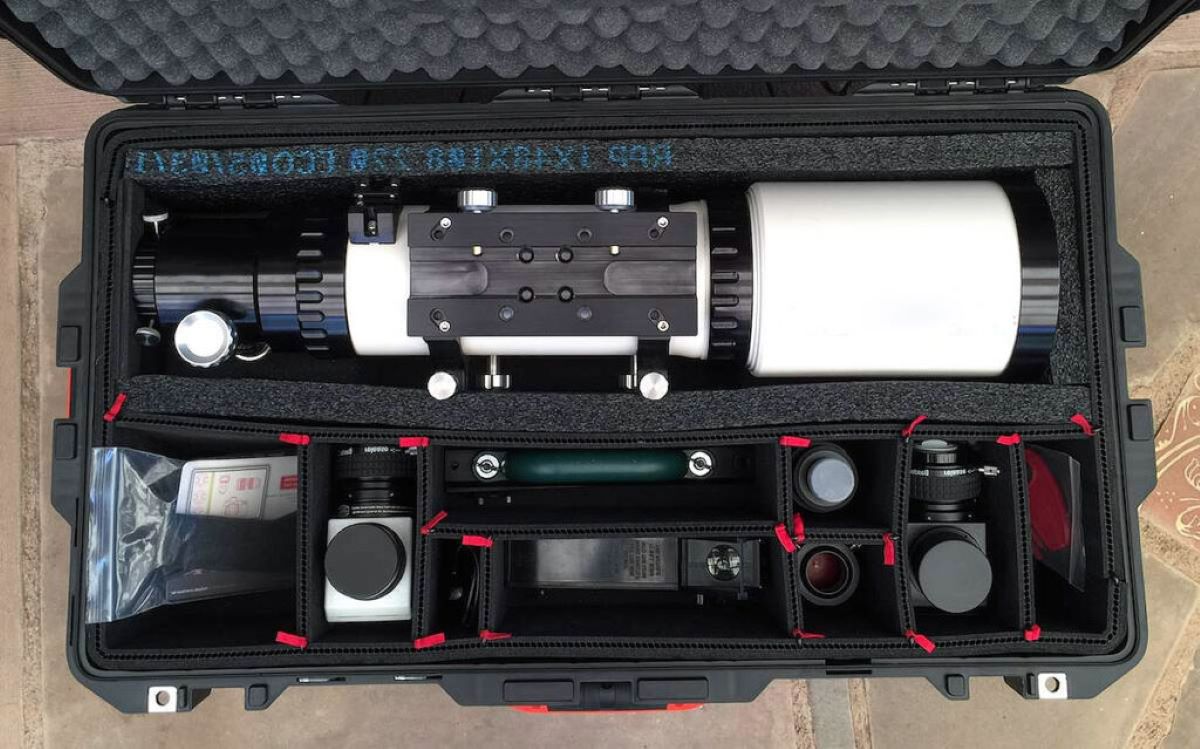

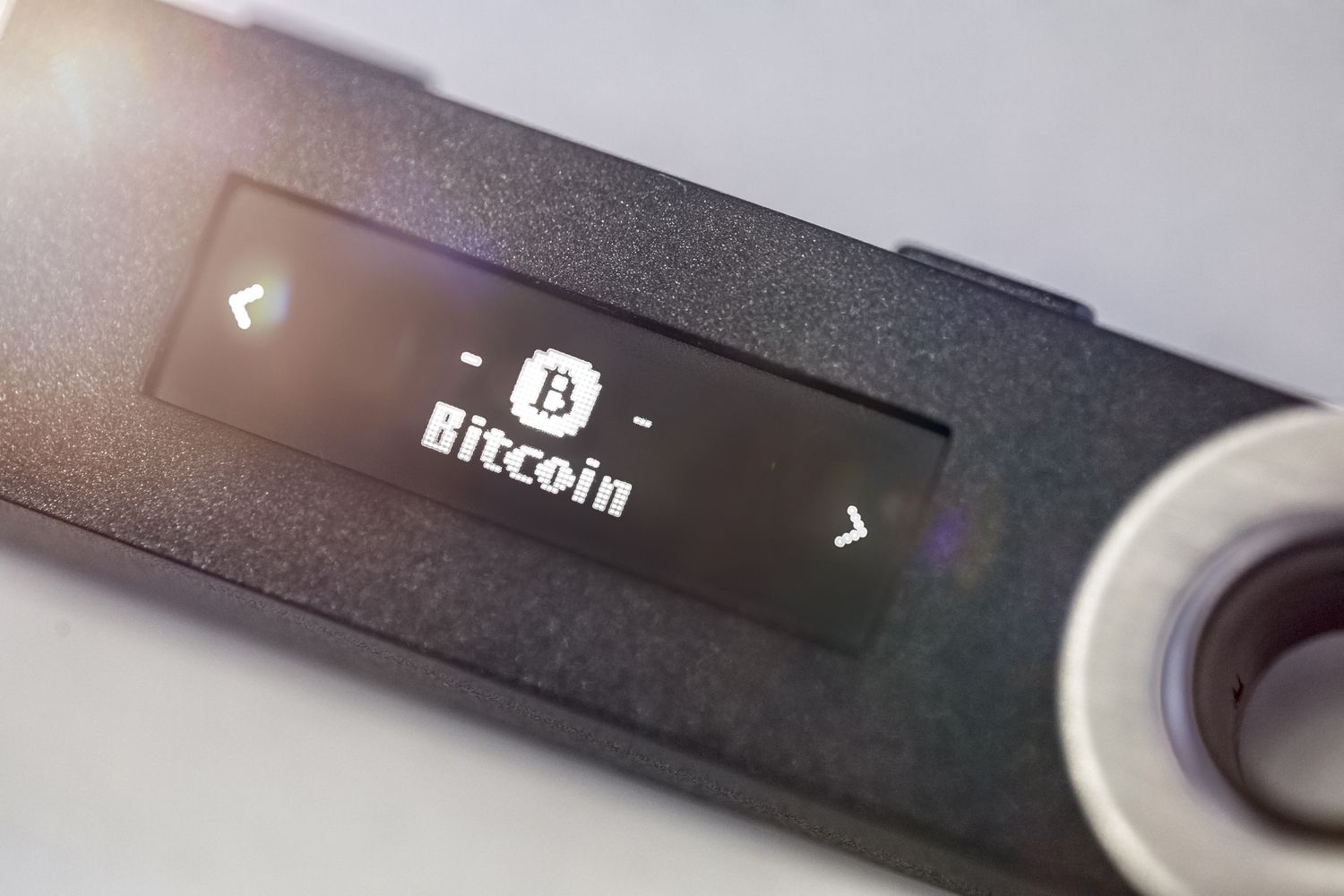

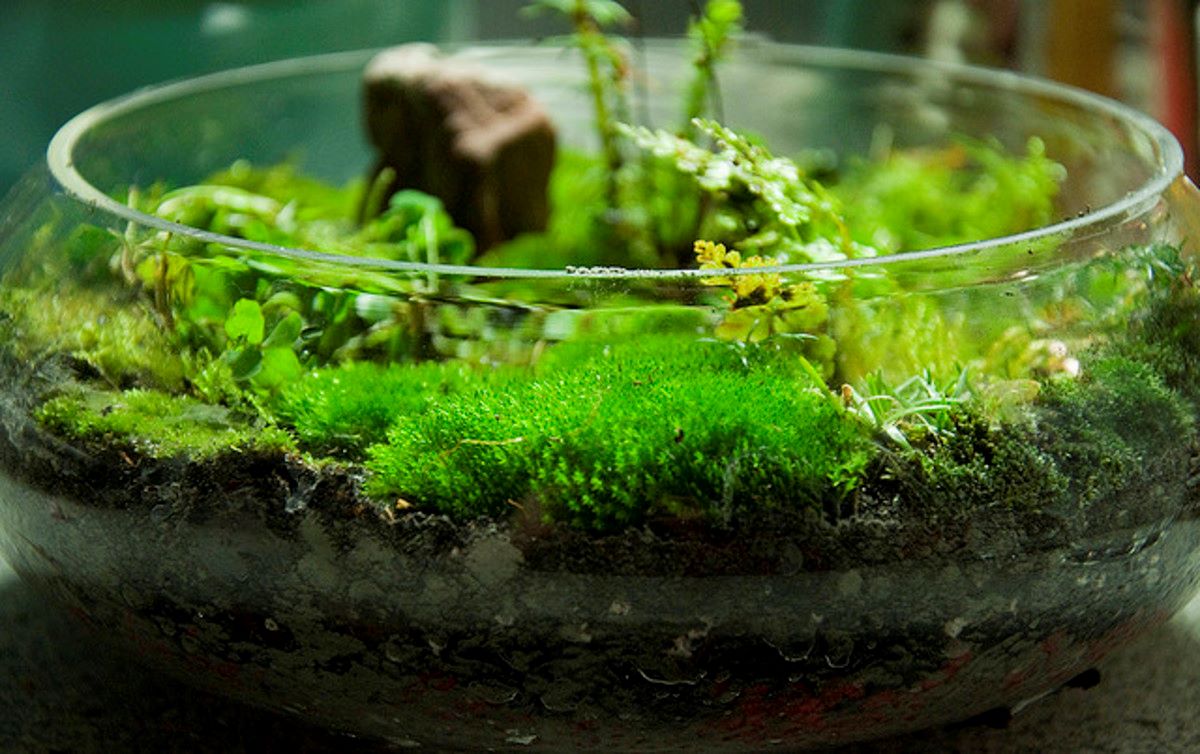
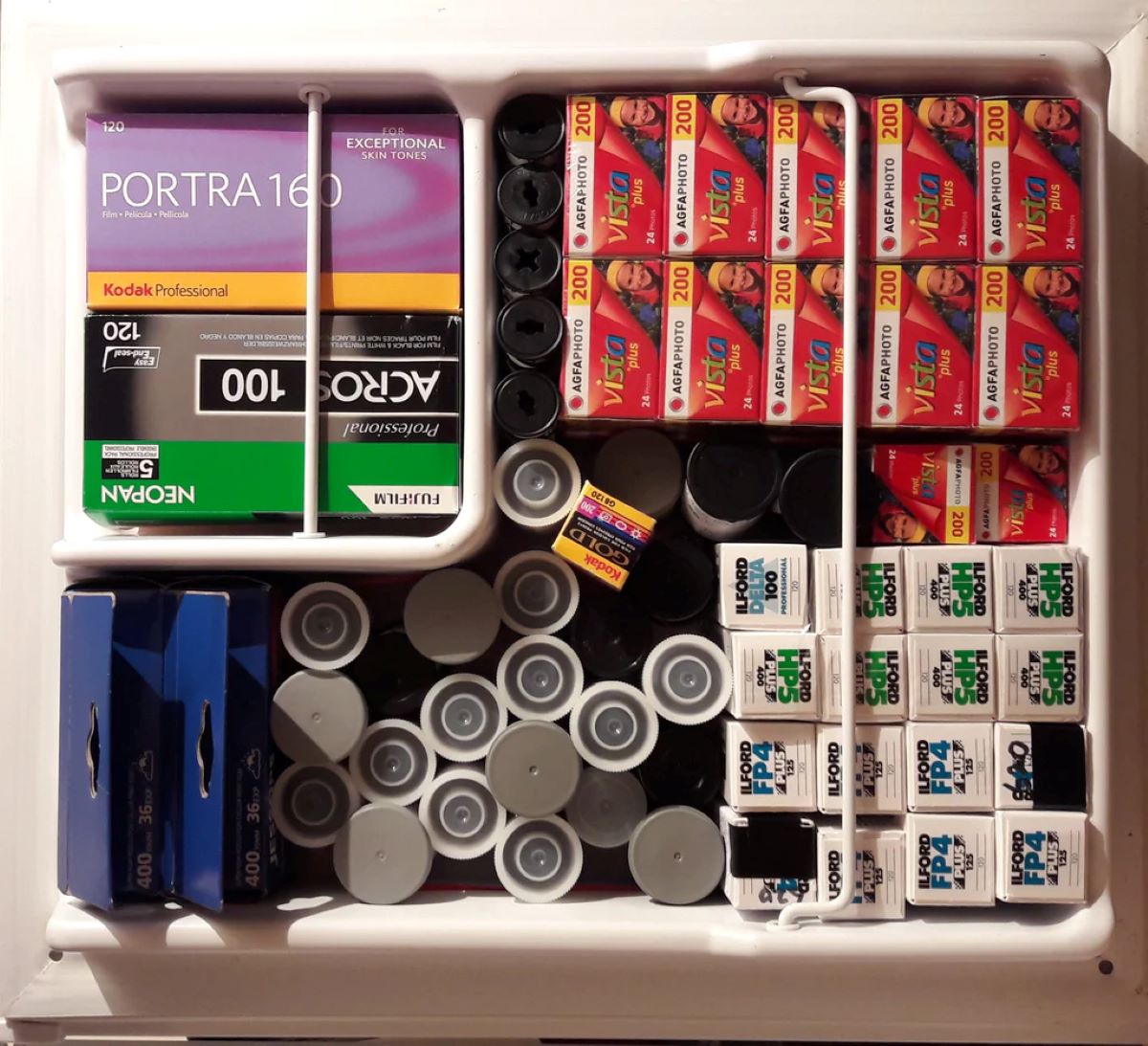



0 thoughts on “How To Store Memorabilia”